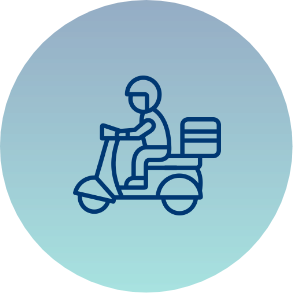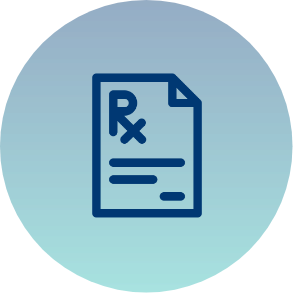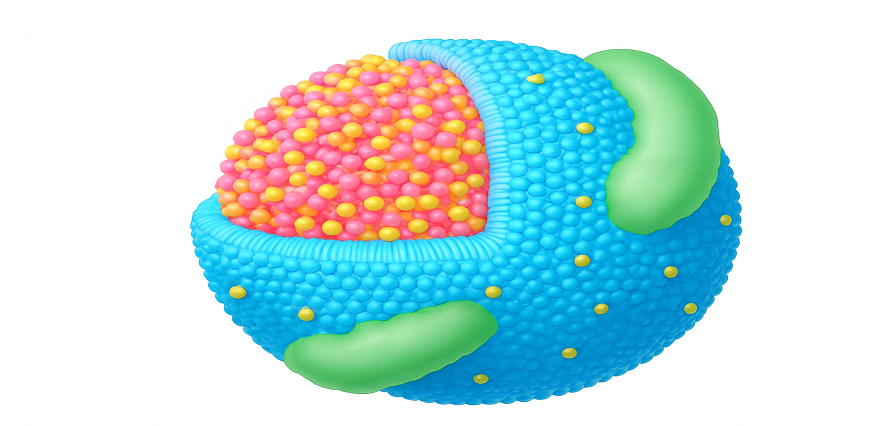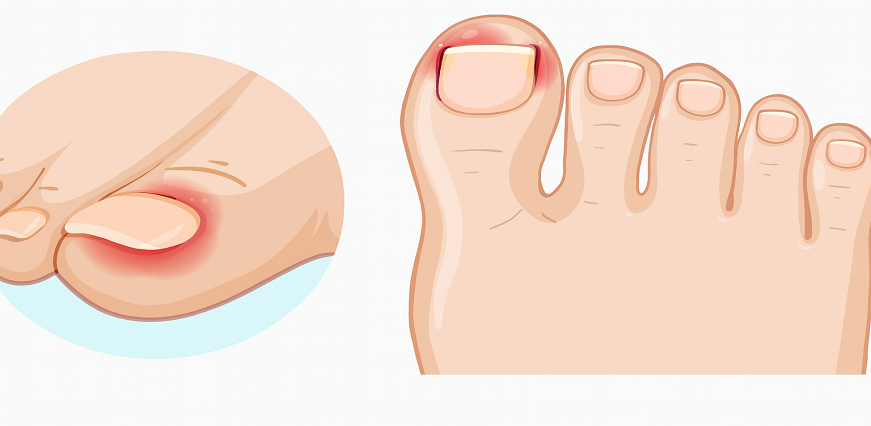Sciatica pain can be caused by lumbar disc herniation, lumbar spinal stenosis, foraminal stenosis, piriformis syndrome and sacroiliac joint dysfunction. When it is not treated in a timely manner symptoms may progress and lead to other life-altering conditions such as loss of sensation in the lower extremities.
What is sciatic pain?
A typical type of discomfort that affects the sciatic nerve is sciatica. The sciatic nerve is the longest nerve in the body and runs from the lower back through the buttock and down the leg. Sciatic pain can range from mild to severe and can be felt in one or both legs.
What Causes Sciatica?
Sciatica is caused by a variety of things, but most commonly it is caused by a herniated disc. A herniated disc occurs when the inner layer of the disc bulges out through a tear in the outer layer. This can put pressure on the nerve root and cause pain, numbness, and weakness in the leg. Other causes of sciatica include spinal stenosis (narrowing of the spinal canal), degenerative disc disease, and spondylolisthesis (a condition in which one vertebra slips forward over another).
Symptoms and Signs of Sciatica
Frequently occurring sciatica can result in lower back and leg discomfort. The most common symptom of sciatica is a sharp, shooting pain that radiates from the lower back into the leg. Numbness, tingling, or weakness in the leg may also be present.
Most people with sciatica will experience relief with conservative treatment measures such as rest, ice, and heat. If conservative measures do not provide relief, there are several options for medical treatment including physical therapy, epidural steroid injections, and surgery.
Various Treatments for Sciatica Pain
There are many treatments for sciatica pain, and the best one depends on the underlying cause. For example, if your pain is caused by a herniated disc, your doctor may recommend conservative treatments like rest, ice, and heat, or they may suggest more aggressive treatments like epidural injections or surgery. If your pain is caused by spinal stenosis, you may be treated with physical therapy to improve your flexibility and range of motion, or you may require surgery to relieve the pressure on your nerves.
No matter what the cause of your sciatica pain is, there are several treatment options available to help you find relief. If conservative treatments don't provide enough relief, don't hesitate to talk to your doctor about other options like injections or surgery.
With our offerings in line with government-mandated prices, Maxlab offers full body checkup packages that cover an exhaustive list of tests for a comprehensive diagnosis of your health. Choose from a range of health test packages based on your needs.
When to consult a Doctor?
If you experience any of the following, it is recommended that you consult a doctor:
- Sudden onset of severe Sciatica pain
- Prolonged Sciatica pain lasting more than a few days
- Sciatica pain accompanied by weakness, tingling or numbness in the legs
- Sciatica pain that gets worse when lying down or sitting
- Sciatica pain that radiates to the arms or other parts of the body
Home Remedies for Sciatic Pain
If you're dealing with sciatic pain, there are a few things you can do at home to ease the discomfort:
Exercise
There are a number of home remedies that can help relieve the pain associated with sciatica. Some simple remedies include:
- Applying a heat pad or ice pack to the affected area
- Taking over-the-counter pain medication such as ibuprofen or acetaminophen
- Stretching and doing low-impact exercises such as swimming, walking, or yoga
- If you suffer from chronic sciatica, there are some more advanced treatments you can try.
- Injections of steroids or other anti-inflammatory medications directly into the affected area
- Physical treatment to assist the muscles around the sciatic nerve stretch and get stronger
- Surgery to remove any herniated discs or other blockages in the spine that may be causing pressure on the sciatic nerve
Stretch It Out
If you're dealing with sciatic pain, there are a few things you can do at home to help ease the discomfort. One is to focus on stretching exercises that can help loosen up the muscles and provide some relief. One stretch that can be helpful is the piriformis stretch. To do this, lie on your back with both knees bent. Then, cross one leg over the other so that your ankle is resting on your knee. Gently pull on your crossed leg until you feel a stretch in your buttock. Hold for 30 seconds and repeat on the other side.
Another good stretch is the hamstring stretch. To do this, lying on your back with one leg extended straight out in front of you and the other bent with the foot close to your glutes. Gently lift your straight leg up towards the ceiling until you feel a stretch down the back of your thigh. Then, switch to the other side and hold for another 30 seconds.
These are just a few examples of stretches that can be helpful for sciatic pain. Be sure to talk to your doctor or physical therapist before starting any new exercise routine, as they can help you choose stretches that are appropriate for your specific situation and give you guidance on how to perform them correctly.
Grab the Ice Pack and Heating Pad
If you're dealing with sciatic pain, there are a few things you can do at home to find relief. First, try alternating between heat and ice. If the pain is acute, grab an ice pack and apply it to the affected area for 20 minutes. Then, switch to a heating pad for 20 minutes. All throughout the day, repeat this procedure as necessary.
You can also try lying down on your back with a pillow under your knees or sitting in a chair with your legs elevated to take pressure off of the nerve. Gentle stretches may also help alleviate pain, but be sure not to overdo it. If you're still in pain after trying these home remedies, contact your doctor for additional treatment options.
Refresh Your Posture
Sciatic pain can be debilitating, but there are some simple home remedies that can help alleviate the pain and improve your posture. Finding the root of the pain is the first step. If it is coming from your lower back, then focus on strengthening and stretching those muscles. If the pain is originating in your hip, then release any tightness in the area with gentle massages.
Once you have identified the source of the pain, there are some specific exercises and stretches that can help alleviate sciatic pain. For example, doing a hamstring stretch can help loosen any tightness in the back of the leg and improve range of motion. Similarly, performing a Piriformis stretch can help loosen any tightness in the buttocks and hip area.
In addition to exercises and stretches, paying attention to your posture can also help relieve sciatic pain. Make sure that you are sitting up straight with your shoulders back and down. When standing, keep your weight evenly distributed on both feet. And when lying down, place a pillow under your knees to keep your spine in alignment.
Conclusion
If you're suffering from sciatica pain, there are a few things you can do to get some relief. First, try lying down on your back and placing a heat pad or hot water bottle on your lower back. You can also try doing some gentle stretches to loosen up the muscles in your back and legs. If the pain is really bad, you might want to consider taking an over-the-counter pain reliever like ibuprofen. Lastly, if the pain persists for more than a week or two, it's best to see a doctor so that they can rule out any other potential causes of the pain.













 7982100200
7982100200
























 To reach our help desk call 9213188888
To reach our help desk call 9213188888.png)
Comments